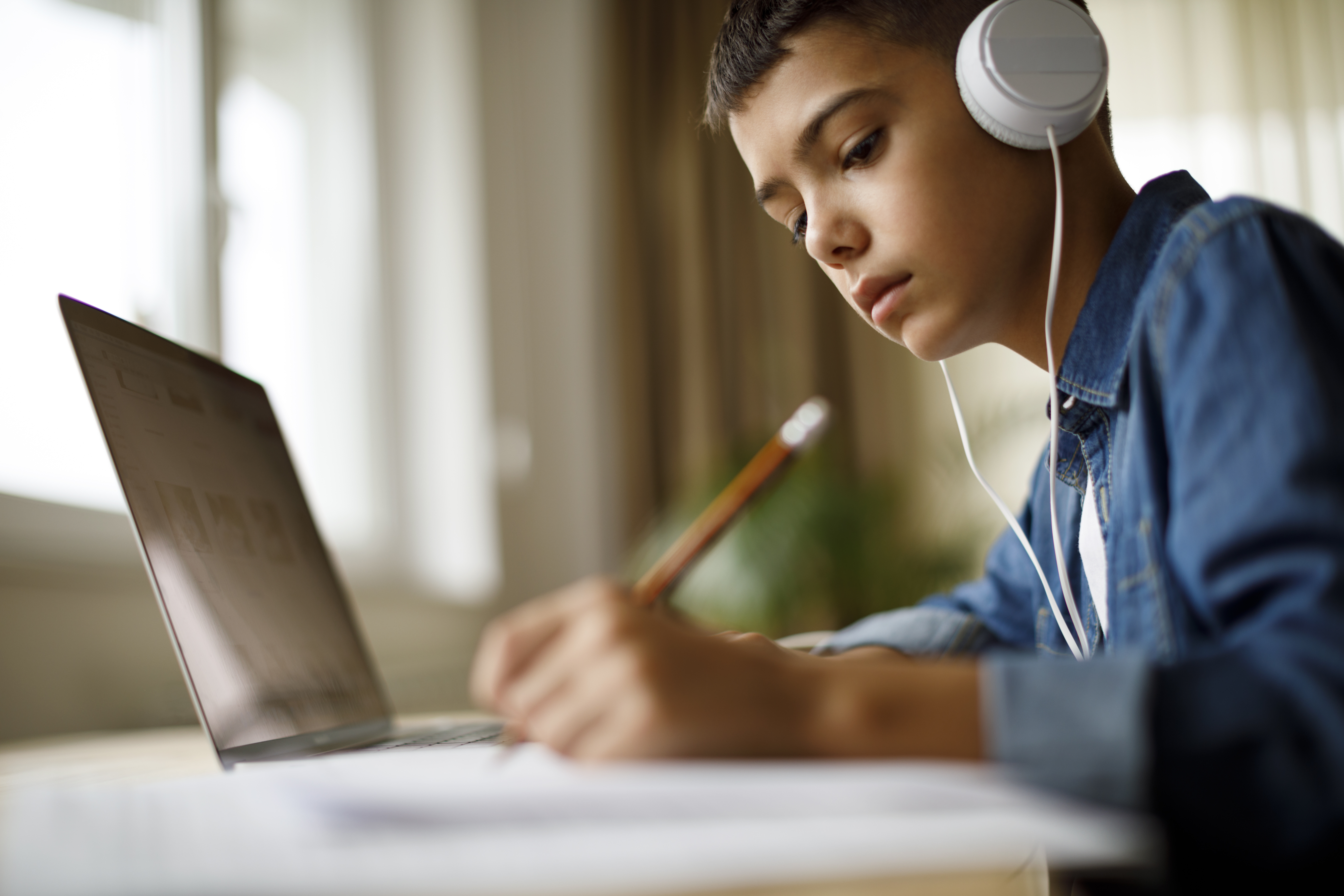
“How do I facilitate PBL in a blended learning environment?”
Let’s go back to that driving question, which I asked us to reflect on in my first post on blended learning. When students are engaged and excited about learning, as they are during a good project, it has always gone beyond the physical classroom.
Many teachers and students describe their best PBL experiences as being something they thought about beyond the end of the school day. As educators faced with the likelihood of a different kind of teaching and learning this fall, we must intentionally find ways to use technology to amplify learning across physical space and time. What should we think about to answer our driving question?
Let’s look at the following questions for integrating technology into the learning experience.
1. How can I leverage a Learning Management System (LMS) and other applications to facilitate Gold Standard PBL?
The LMS is an important part of the online learning experience. It is important to use this to its fullest extent before bringing in other tools. It might be helpful to do a cross walk with the PBLWorks model for Gold Standard PBL and the school’s LMS. Other tools may compliment the LMS after careful evaluation under the filter of the school budget, technology capabilities, and the District AUP (Acceptable Use Policy). Some of these tools can even be used in conjunction with each other by using multiple windows. One amazing place to begin the vetting process for these tools is to visit Common Sense Education and read the reviews from other teachers.
2. How do I emphasize student production, not just consumption, in their use of technology?
PBL is all about allowing students to create and do while mastering essential content. I believe that the SAMR model at the Transformational levels of Modification and Redefinition provides student ownership, which in turn promotes engagement. The Padagogy Wheel shows the connections of SAMR, Bloom’s Taxonomy, and online resources promoting student-owned learning activities applicable to the online environment.
3. What technology tools do I have to foster student collaboration, success skills, reflection, critique, and visible thinking?
These activities and routines are very important to deeper learning and understanding and must be part of the online experience. Those very same routines for visible thinking might allow for a crossover to the digital environment. In fact, this will be a necessity in a physical classroom where social distancing must be practiced. Tools such as Zoom, Seesaw, Google Draw can be adapted to make this transition. Visit Harvard’s Project Zero to explore and then decide what tool might be used. How might a Zoom breakout room, combined with Nearpod, be used for the Right Question Institute’s Question Formulation Technique (QFT)? How might you incorporate the PBLWorks success skills rubric indicators into your LMS?
4. How do I empower students to own their learning and encourage their unique and creative skills of technology to provide authentic performance assessments?
A Learning Management System provides those automatic quizzes and tests that have their uses, but cannot be solely relied upon. Educators must dig deeper in the LMS and integrate it with other services and possible performance-based activities. Check out this Performance Based Resource Bank from the Stanford Center for Assessment, Learning and Equity (SCALE). How can it be adapted for the online experience? You can also find that some of the outstanding projects at PBLWorks can make the transition.
5. What are some ways I can ensure student activities encompass all of Bloom’s Taxonomy and other deeper learning opportunities?
It seems that standardized tests have forced teachers to expand upon the nouns while sometimes leaving little time for those important verbs that are also in the standards, such as critique, reflect, defend, and promote. Read through your standards and find ways to bring these important actions into the online learning experience. Kathy Schrock has a wonderful resource, Bloomin Apps, that provides some ideas and resources to make the online experience explode with these kinds of verbs.
As you answer these questions the road to providing a blended learning experience with PBL will become more and more visible.
You will find that your students will be working just as hard, if not harder, as you are. It will no longer matter where or when learning takes place, and no virus will have the ability to get in the way. It’s a journey that will amplify authentic learning of content and build important success skills while providing connections between school, home, community, and the world.

